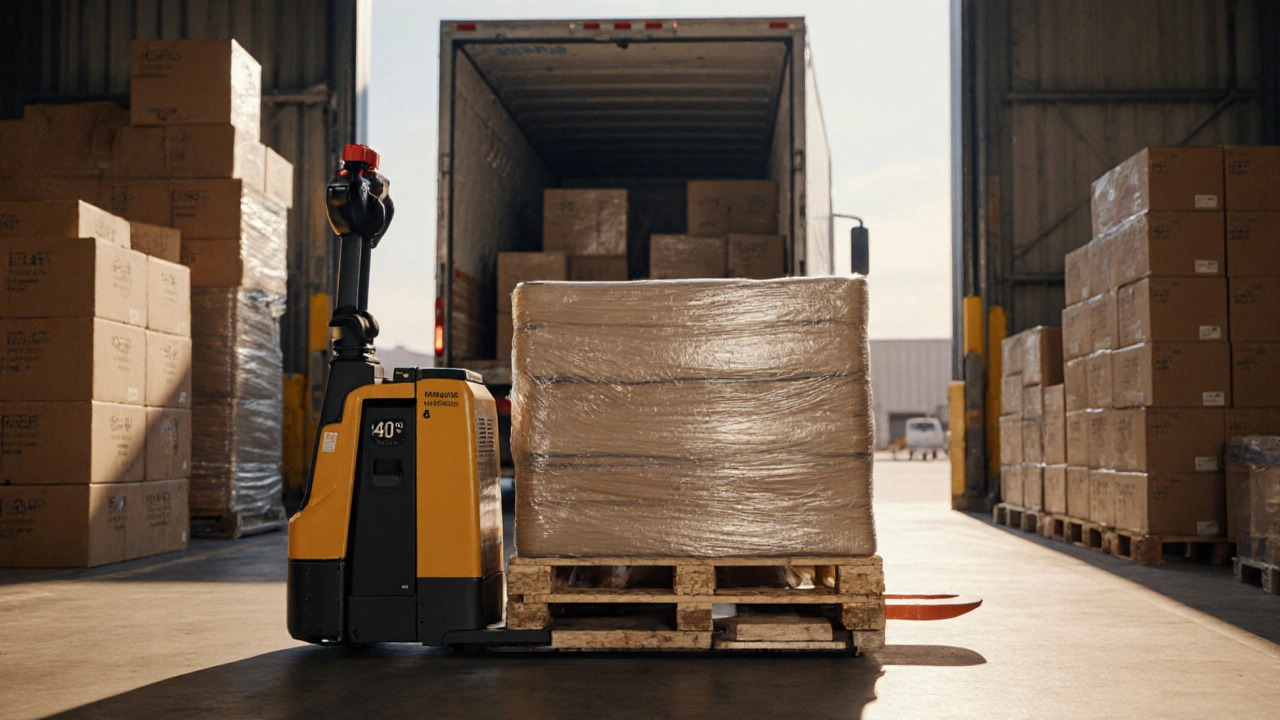Freight Shipping Rates: What You Need to Know
When you’re sorting out freight shipping rates, the price you pay to move goods by sea, air, or road. Also known as shipping cost rates, they shape every logistics decision. A good freight forwarder, a specialist who arranges transport and handles customs can lower those numbers, while overnight shipping, fast, same‑day or next‑day delivery for urgent parcels sits at the high‑price end of the spectrum. If you’re moving bulk loads on pallets, pallet delivery, the service that transports goods stacked on standard pallets becomes a key cost driver too.
Understanding how freight shipping rates are built starts with a few core attributes: weight, volume, distance, and the mode of transport. Heavy, dense shipments cost more per mile than light, airy ones, while long‑haul routes add fuel surcharges and tolls. Seasonal factors like peak holiday demand or winter weather can spike prices, and regulatory fees—such as customs duties—push the total higher. In short, freight shipping rates encompass sea, air, and road transport costs, and they require accurate data to calculate reliably.
How a Freight Forwarder Impacts Your Bottom Line
A skilled freight forwarder doesn’t just book space on a ship; they negotiate carrier contracts, consolidate shipments, and optimise routing. Because they work with multiple carriers, they can tap into volume discounts that most shippers never see. This means the freight forwarder influences freight shipping rates by securing lower base charges and minimizing ancillary fees. They also manage paperwork, so you avoid costly customs delays that would otherwise inflate your total cost.
When speed matters, overnight shipping rates jump into focus. Overnight shipping is a subset of freight shipping rates that adds a premium for rapid handling, priority loading, and guaranteed delivery windows. The extra cost reflects tighter schedules, special handling, and sometimes extra security measures. If you compare a standard ground move with an overnight option, you’ll see the price gap is driven by these time‑sensitive services, making overnight shipping rates a distinct, higher‑priced tier within the broader freight cost landscape.
Bulk goods on pallets bring another layer of calculation. Pallet delivery costs factor in pallet size, weight, and the number of pallets per load. Carriers often charge per pallet, and they may apply extra fees for oversized or overweight pallets. When the pallet delivery cost is added to the base freight shipping rate, you get the total landed cost for your cargo. Finally, the last‑mile leg—getting the pallet from a depot to the final door—adds a final surcharge, completing the full picture of how each entity links together.
Now that you see how rates, forwarders, overnight services, and pallet handling intertwine, the articles below will dive deeper into each area, offering practical tips, real‑world price tables, and step‑by‑step guides to help you manage your freight expenses smarter.
Is Pallet Shipping Cheaper? Costs, Savings & When to Use Pallets
Discover when pallet shipping beats parcel and LTL costs, how rates are calculated, and practical tips to save on freight. Get a clear checklist and FAQs.
© 2025. All rights reserved.

